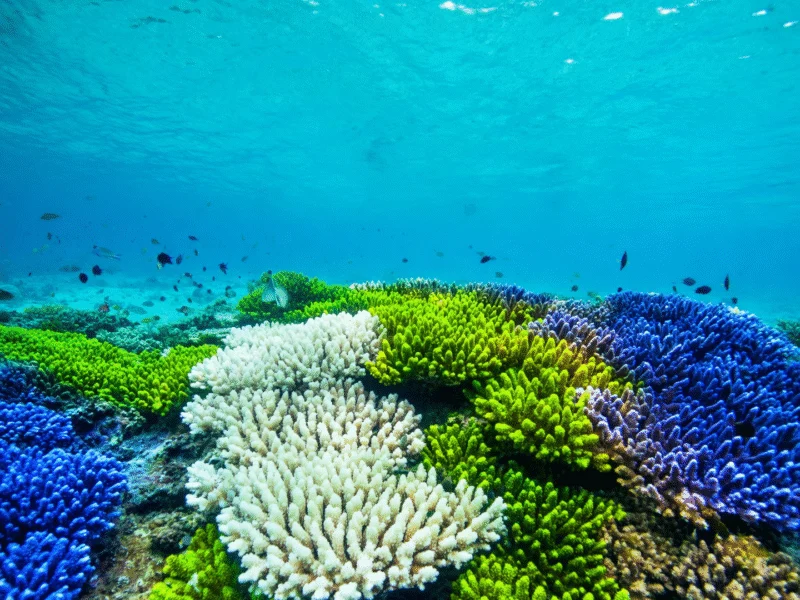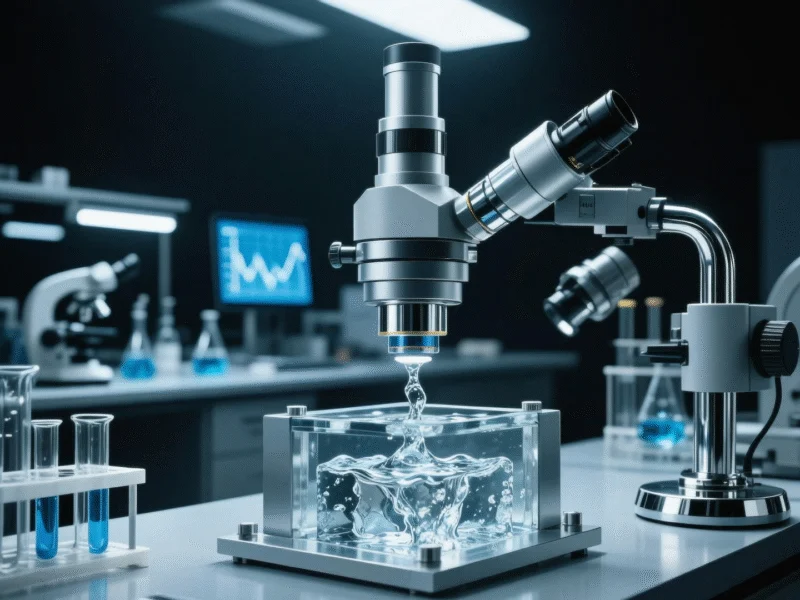In the frozen extremes of Antarctica, scientists have made a groundbreaking discovery that could transform multiple global industries. A bioactive compound produced by the microorganism Bacillus licheniformis, isolated from the volcanic environment of Deception Island, demonstrates extraordinary properties that qualify it for use in producing food, cosmetics, pharmaceuticals, and biodegradable materials. This finding represents a significant advancement in biotechnology, harnessing the unique adaptations of extremophile organisms to develop superior industrial ingredients.
The Antarctic Discovery and Research Background
The research, led by the Chilean Antarctic Institute and published in the International Journal of Biological Macromolecules, focused on Deception Island in Antarctica due to its unique poly-extreme ecosystem. This environment subjects organisms to dramatic temperature fluctuations, pH variations, and intense ultraviolet radiation, creating conditions that force microorganisms to develop exceptional survival mechanisms. Professor João Paulo Fabi from FCF-USP explains that the team isolated a strain of Bacillus licheniformis from fumarolic water, which despite Antarctica’s typically freezing conditions, reaches temperatures exceeding 100°C due to volcanic activity.
Exopolysaccharides: Nature’s Protective Mechanism
Exopolysaccharides represent a crucial adaptation strategy for microorganisms surviving in hostile environments. These sugar polymers, secreted by bacteria, fungi, yeasts, and algae, serve multiple protective functions. In the extreme conditions of Deception Island, exopolysaccharides shield microbial cells from dehydration, osmotic pressure, toxic substances, and phage attacks while facilitating essential cell-to-cell communication. The genomic sequencing of Bacillus licheniformis revealed specific genes responsible for biosynthesis of exopolysaccharides with remarkable resistance to ultraviolet radiation and thermal adaptation, properties that make them ideal for industrial applications.
Superior Performance Compared to Commercial Alternatives
The research demonstrates that the exopolysaccharide produced by Antarctic Bacillus licheniformis exhibits functional properties superior to commercial xanthan gum, currently widely used as a thickener, stabilizer, and emulsifier. According to the study published in the International Journal of Biological Macromolecules, the compound offers enhanced thermal stability, tolerance to extreme pH levels, and improved bioactivity. These characteristics position it as a strong candidate for replacing conventional additives across multiple sectors, particularly where stability under challenging conditions is required.
Applications in Food Production and Preservation
The food industry stands to benefit significantly from this Antarctic discovery. The exopolysaccharide provides exceptional emulsion stability, texture improvement, and antioxidant protection, making it ideal for functional foods and products requiring extended shelf life. Unlike conventional additives that may degrade under processing conditions, this compound maintains its integrity during thermal processing and storage. As food manufacturers seek more natural and effective ingredients, this bioactive compound offers a sustainable alternative that aligns with consumer demands for clean-label products while providing technical superiority.
Revolutionizing Cosmetics and Pharmaceutical Formulations
In the cosmetics and pharmaceutical industries, the exopolysaccharide’s unique properties enable the development of more stable and effective products. Its thermal stability and tolerance to pH extremes ensure that active ingredients remain potent throughout product shelf life. The compound’s natural origin and bioactive properties make it particularly valuable for skincare products, where it can provide both functional benefits and potential therapeutic effects. Pharmaceutical applications include improved drug delivery systems and more stable formulations that maintain efficacy under varying storage conditions.
Biodegradable Materials and Environmental Applications
Beyond food and cosmetics, the exopolysaccharide shows promise for developing biodegradable materials that could replace conventional plastics and synthetic polymers. Its natural origin and biodegradability make it an environmentally friendly alternative for packaging, agricultural films, and other single-use applications. The compound’s stability under extreme conditions also suggests potential uses in environmental remediation and industrial processes where conventional materials might fail. This aligns with global trends toward sustainable materials, similar to developments in manufacturing AI deployment that prioritize efficiency and sustainability.
Broader Implications and Future Research Directions
The discovery highlights the untapped potential of extremophile microorganisms from unique environments like Deception Island in Antarctica. As Professor Fabi notes, these findings open new avenues for biotechnological exploration and commercial application. Future research will focus on scaling production, optimizing extraction methods, and exploring additional properties of the compound. The successful isolation and characterization of this Bacillus licheniformis strain demonstrates the value of investigating extreme environments for novel biological resources, much like how Salesforce integrates Agentforce 360 with OpenAI’s technology represents innovation in business software.
Technological Context and Industry Parallels
This scientific breakthrough occurs alongside significant technological advancements across various sectors. Just as Windows 10 end-of-life security options require innovative solutions, and Windows 10 support officially ends today prompting system upgrades, the discovery of this Antarctic compound represents a similar leap forward in materials science. The research methodology employed—combining genomic analysis with functional testing—parallels approaches used in Twitter data transforming poverty measurement initiatives, where unconventional data sources yield valuable insights. Meanwhile, global economic developments like Morocco’s reform and job creation efforts demonstrate how innovation drives progress across different domains.
Commercial Viability and Market Potential
The commercial potential of this Antarctic-derived compound appears substantial, given its superior performance characteristics and natural origin. Industries seeking to replace synthetic additives with bio-based alternatives represent a growing market opportunity. The compound’s multiple functional properties mean it could replace several conventional ingredients simultaneously, simplifying formulations and reducing production costs. As consumer preference shifts toward natural and sustainable products, this discovery positions companies to meet evolving market demands while maintaining or improving product performance.
Environmental and Ethical Considerations
While the commercial potential is significant, responsible development requires careful consideration of environmental impact and ethical sourcing. The researchers emphasize sustainable harvesting practices and potential cultivation methods that wouldn’t disrupt the fragile ecosystem of Deception Island in Antarctica. Future development will likely involve laboratory cultivation of the Bacillus licheniformis strain to ensure consistent supply without environmental impact. This approach aligns with global conservation efforts and the principles of the Antarctic Treaty System, which protects the continent’s unique environment while permitting scientific research.
Conclusion: A New Frontier in Biotechnology
The discovery of this remarkable exopolysaccharide from Antarctic Bacillus licheniformis represents a significant advancement in our ability to harness nature’s adaptations for human benefit. Published in the International Journal of Biological Macromolecules, the research demonstrates how extreme environments can yield solutions to modern industrial challenges. As development continues, this compound promises to enhance products across food, cosmetics, pharmaceutical, and materials sectors while offering sustainable alternatives to conventional ingredients. The success of this project underscores the importance of continued exploration and research in unique ecosystems worldwide.



